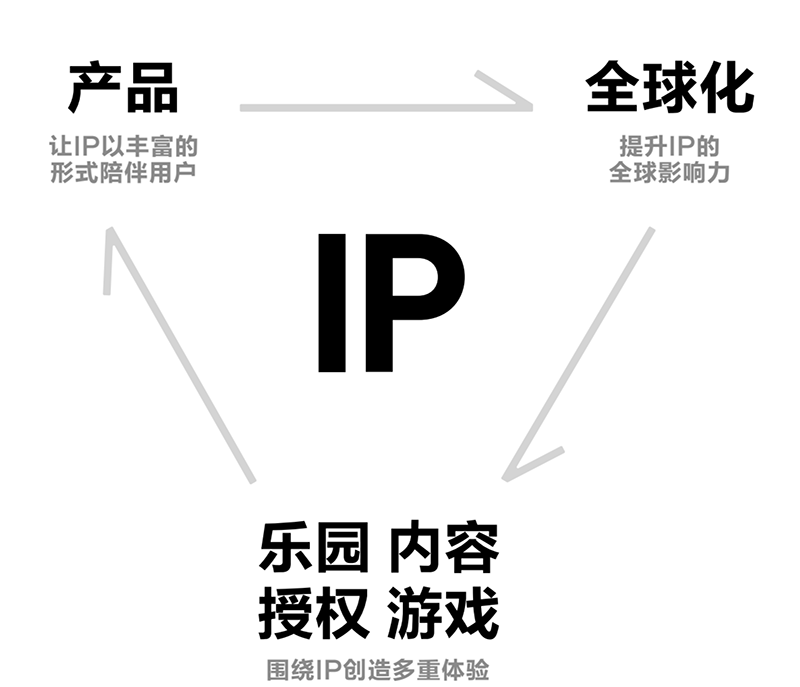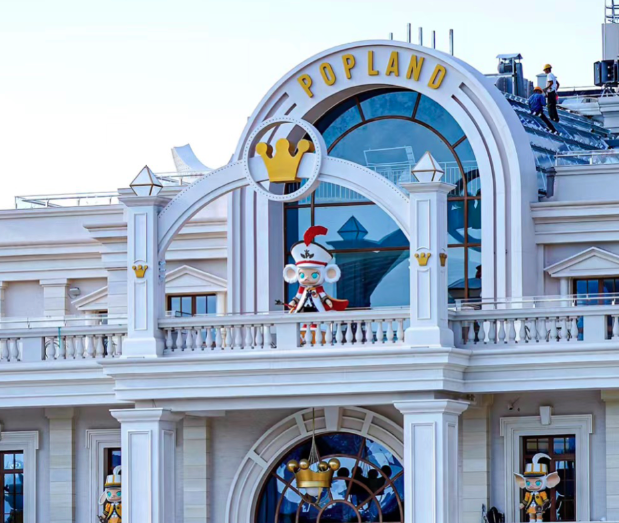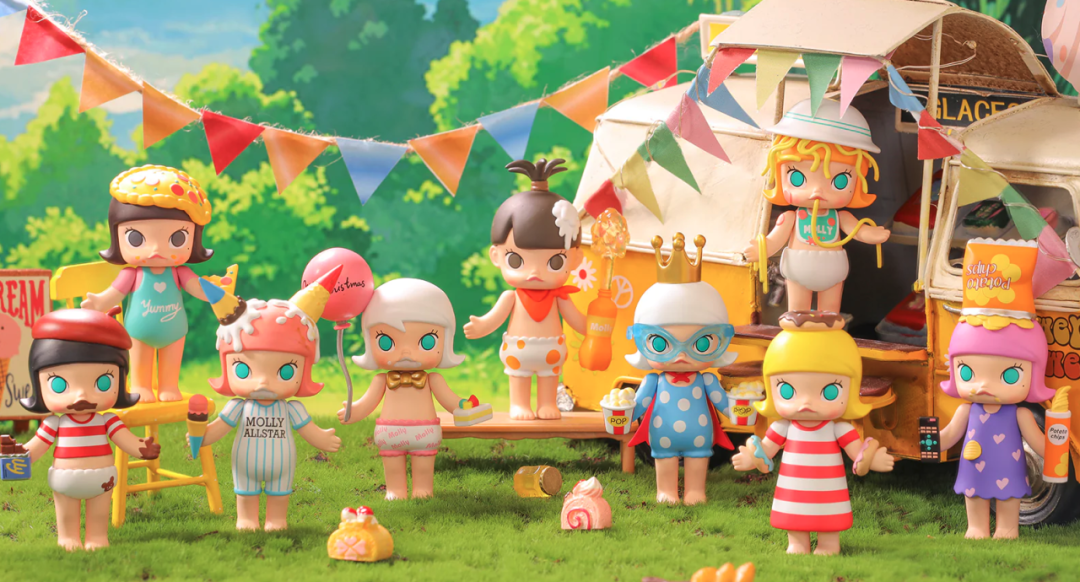With Labubu flying off shelves and dominating social feeds, Pop Mart has exploded into a global sensation—and founder Wang Ning is now officially Henan’s richest man. But how did a company built on designer toys turn into a cultural and commercial giant? Wang’s reflections offer clues.

1. The Power of “Useless”
Wang is used to skepticism. “Why build a business around things that serve no purpose? Aren’t people more likely to spend on essentials?”
His answer: people are far less rational than they think. “A decorative fountain wastes more water than a dripping tap, but no one minds. That’s how consumer products work—they pull you toward the fountain, not the faucet.“
To drive it home, he jokes: “If Molly’s head was actually a USB stick, would people still buy her? Probably not. Once something’s useful, you start asking yourself, ‘Do I need another one?‘” In his view, functionality brings decay. A phone, a car, a laptop—all lose value the day after purchase. Only the “useless,” like art, can last. That’s the charm of designer toys.

2. The Real Moat: Artists and Time
Wang compares Pop Mart to a record label. Its artists—like virtuoso musicians from centuries ago—are the heart of the brand. Before record labels, those artists performed for a privileged few. Labels brought their music to the masses. Pop Mart does the same for visual creators, building scalable IP around their work.
Each artist has a distinct aesthetic that fuels the company’s character-driven toy ecosystem. As the platform grows, it draws in more talent, creating a self-sustaining cycle. Wang calls it an artistic moat—something money or management alone can’t replicate.
He also believes in playing the long game. “If something should take ten years, don’t expect it in two,” he says. “No matter how shiny the model, it always comes down to execution—how you handle people, problems, and cash flow.”


3. There’s a Bigger Market for Joy
“People didn’t believe adults would buy toys,” Wang recalls. “It was like imagining a bald guy shopping for shampoo.”
Inspired by LEGO and Disney, he built Pop Mart with a similar logic: create a full system—standard sizes, materials, rarity levels—and a shared language. The company coined terms like “blind box,” “hidden edition,” and “shake box” to define its new category.
Eventually, Pop Mart realized it wasn’t just selling toys—it was building IP. That opened the door to games, films, merch, even theme parks. “We started just wanting to do something fun,” Wang says. “Then we realized we could tap into something bigger: the market for happiness.”

Pop Mart has redefined what toys mean—and who they’re for. It took a niche, collector-driven scene and turned it into a full-blown industry. It even helped shape the Chinese Wikipedia definition of designer toys. More importantly, it proved something simple and powerful: joy sells.




